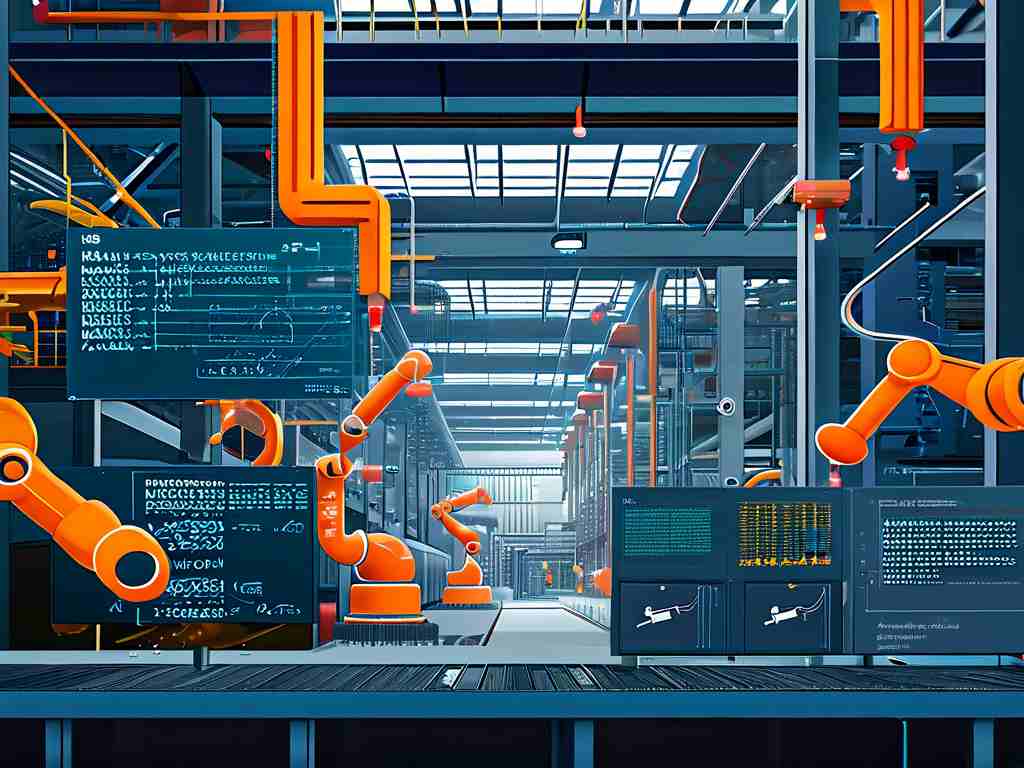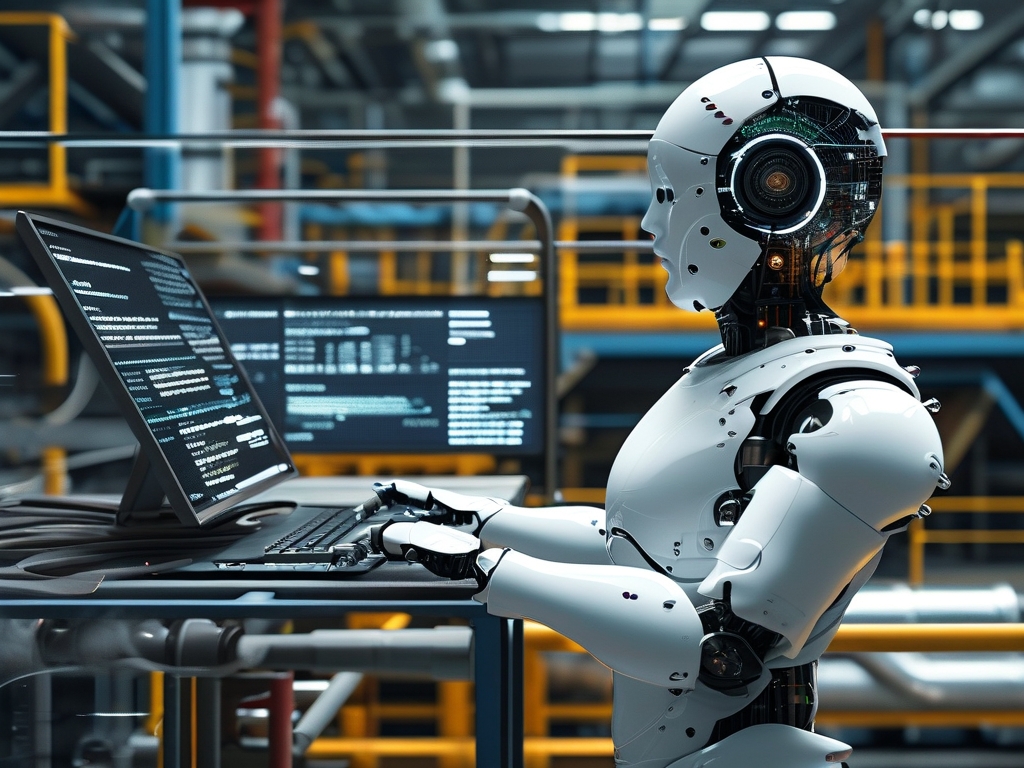In the rapidly evolving industrial landscape, mathematical algorithms serve as the backbone of innovation, enabling businesses to optimize processes, predict outcomes, and solve complex challenges. While many assume industrial operations rely solely on machinery and manual labor, advanced mathematical models quietly power decision-making systems across manufacturing, logistics, energy, and beyond. This article explores seven widely adopted algorithms reshaping modern industries, highlighting their practical implementations without resorting to technical jargon.

1. Linear Regression for Predictive Maintenance
Linear regression remains a cornerstone in industrial analytics, particularly for predictive maintenance. By analyzing historical equipment data—such as vibration patterns, temperature fluctuations, and operational hours—manufacturers build models to forecast machinery failures. A chemical plant in Germany reduced unplanned downtime by 40% using this method, correlating pressure sensor readings with pump failure probabilities. The algorithm’s simplicity allows integration into real-time monitoring systems, where even basic implementations yield significant cost savings.
2. Gradient Descent in Supply Chain Optimization
As global supply chains grow increasingly complex, gradient descent algorithms help minimize logistical costs. Retail giants like Amazon employ variants of this optimization technique to determine optimal warehouse locations, delivery routes, and inventory levels. By iteratively adjusting variables to find cost-function minima, businesses achieve fuel efficiency improvements of up to 15% in transportation networks. Recent advancements combine gradient descent with machine learning to dynamically adapt to factors like weather disruptions and fuel price volatility.
3. Monte Carlo Simulations for Risk Assessment
The energy sector extensively uses Monte Carlo methods to evaluate project risks. Oil companies simulate thousands of drilling scenarios—incorporating variables like crude prices, extraction costs, and geopolitical factors—to calculate expected returns on investment. A notable application involves wind farm developers modeling turbine performance under varying wind patterns to optimize turbine spacing. These probabilistic models have become indispensable for securing financing in capital-intensive projects.
4. Fourier Transforms in Quality Control
Fast Fourier Transform (FFT) algorithms revolutionized automated quality inspection. Automotive manufacturers deploy FFT to analyze audio signatures of engines, detecting anomalies imperceptible to human ears. Similarly, semiconductor fabs use spectral analysis to identify microscopic defects in silicon wafers. A case study from a Japanese optics manufacturer revealed a 90% reduction in defective lenses after implementing FFT-based vibration analysis in polishing machines.
5. Principal Component Analysis (PCA) in Process Monitoring
PCA’s dimensionality reduction capabilities prove vital in multi-sensor industrial environments. Food processing plants apply PCA to streamline data from hundreds of sensors tracking variables like moisture, pH, and temperature. By identifying key variance patterns, engineers quickly detect deviations in fermentation processes or sterilization cycles. A pharmaceutical company attributed a 30% faster batch approval rate to PCA-driven anomaly detection in drug formulation.
6. Integer Programming for Scheduling Efficiency
Discrete optimization through integer programming solves critical scheduling dilemmas. Airlines leverage these algorithms to create crew rotation schedules that comply with union regulations while minimizing layover costs. In steel production, mills use mixed-integer programming to sequence casting and rolling operations, reducing energy consumption by 12% in blast furnace operations. The rise of quantum computing promises to enhance solving speed for these NP-hard problems.
7. Kalman Filtering in Autonomous Systems
From self-driving warehouse vehicles to drone-based inventory checks, Kalman filters enable precise sensor fusion. By recursively predicting and correcting system states, these algorithms allow autonomous robots to navigate dynamic factory floors while accounting for sensor noise. A European automotive assembly plant reported a 60% improvement in automated guided vehicle (AGV) positioning accuracy after implementing an adaptive Kalman filter variant.
Emerging Trends and Implementation Challenges
While these algorithms deliver measurable ROI, successful deployment requires cross-disciplinary collaboration. Data scientists must work alongside floor managers to validate model assumptions against operational realities. A common pitfall involves over-engineering solutions—a steel mill initially developed a neural network for defect detection but achieved better results using simpler statistical process control charts.
As industries embrace digital twins and IoT connectivity, algorithmic complexity will inevitably increase. However, the core mathematical principles discussed here will continue underpinning industrial innovation. Companies investing in algorithm literacy across engineering teams position themselves to harness Industry 4.0’s full potential while maintaining computational efficiency.
// Sample code snippet for gradient descent in Python
def gradient_descent(cost_function, initial_params, learning_rate, iterations):
params = initialparams.copy()
for in range(iterations):
grad = compute_gradient(cost_function, params)
params -= learning_rate * grad
return params
This simplified implementation illustrates how iterative optimization forms the basis of industrial scheduling systems, though production environments typically incorporate constraints and parallel computing frameworks.





